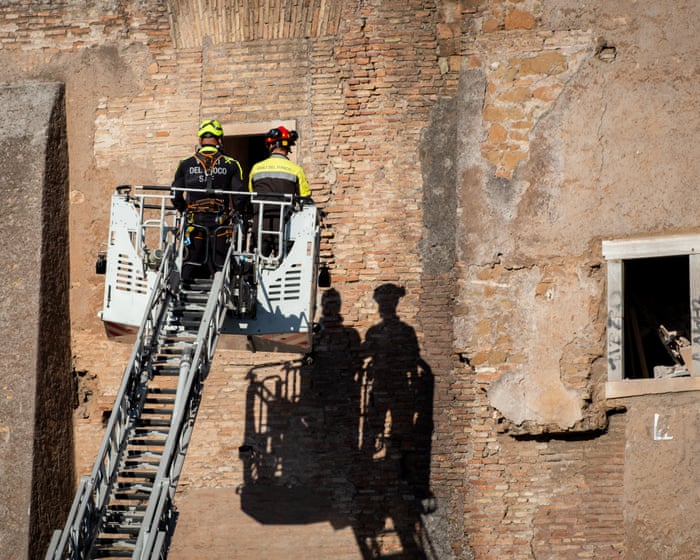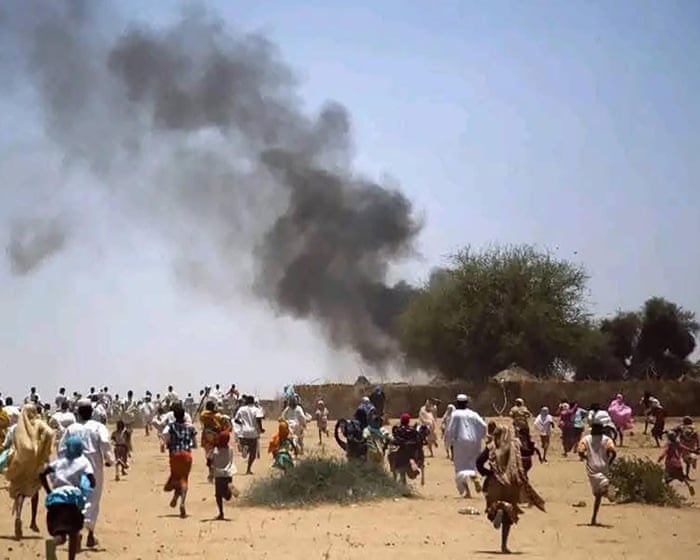For over forty years, a shallow creek that barely wet your ankles divided a community. Due to a quirk of geography, the 50 residents of Mödlareuth—a hamlet nestled among pine forests, meadows, and stunning views—found themselves at the center of the Cold War. Their village straddled Bavaria in West Germany and Thuringia in the East, a border marked first by a fence and later by a wall. American soldiers nicknamed it “Little Berlin.”
Just months after their own wall was breached, and even before Germany reunified in 1990, locals began working to preserve their history. Their efforts are now coming to fruition: on November 9th, the 36th anniversary of the fall of the Berlin Wall, the German-German Museum Mödlareuth will open. Although officially inaugurated by Federal President Frank-Walter Steinmeier in early October, the exhibition wasn’t quite ready then. Speaking to villagers who endured the division, Steinmeier said, “You witnessed an inhumane separation that tore families apart and turned neighbors into strangers.”
From its founding in 1810, the village lay partly in the Kingdom of Bavaria and partly in the Principality of Reuss, a state known for naming all its male heirs Heinrich and numbering them in order of birth. As Steinmeier noted, this oddity never stopped residents from sharing a pub, a church, and a school.
Then came World War II. Upon arrival, the Russians placed wooden posts along the stream. They occupied the entire village for a year, setting up their command in a house on the Bavarian side and decorating it with a portrait of Stalin and a red star. The Americans later persuaded them to pull back across the creek. For a time, villagers could still cross freely, but as restrictions tightened, they had to show identification—even though everyone knew each other—and return by nightfall.
In 1952, barbed wire went up, and the border was officially closed. By 1966, as in Berlin five years earlier, a wall was built, complete with mines, tank traps, and guard posts. Villagers could still glimpse each other from hilltops, but on the eastern side, waving or shouting was forbidden. One woman even landed on a Stasi watchlist for replying “same to you” when a Bavarian neighbor wished her a happy new year.
Museum director Robert Lebegern, who has dedicated much of his career to this project, shared such stories with me. Early on, villagers were asked how much of the wall they wanted to keep. They chose a section on the western edge, near where one resident escaped using a ladder in the dead of night—an event that led to heavy reinforcement of the border.
Today, two watchtowers stand preserved alongside displays highlighting key moments in the village’s past. As we walked, Lebegern outlined the strict rules: no one could come within 5 km of the border without authorization. Farmers needed special permits to tend their fields, and only one spouse could operate the combine harvester at a time, to prevent escape attempts. Armed guards kept constant watch.
The border between West Germany and the GDR stretched 1,400 km from the Baltic Sea to the south. While Berlin is the most remembered and memorialized, more than twice as many people—well over 300—lost their lives trying to cross this longer frontier.It was riskier to cross the border in rural areas than in the city. Lebegern notes that 95% of escape attempts failed.
Most villagers in Mödlareuth were farmers or craftspeople who adapted to life in the gray zone between two ideological worlds by keeping a low profile and tending to their land. According to Lebegern, they neither supported the communist regime nor actively resisted it.
For outsiders, though, the hamlet became a place of pilgrimage. Around 15,000 visitors came each year, peering through binoculars before hurrying away. In 1983, U.S. Vice President George Bush was given a tour by the German defense minister.
A quarter-century after reunification, interest in the village was revived by Tannbach, a TV series set in a fictional town similar to Mödlareuth.
The new open-air museum, complete with a café, shop, cinema, and large parking lot, is expected to attract even more visitors. Will it transform the village? In any case, Mödlareuth is constantly evolving. Some original residents have passed away or moved on, while newcomers have arrived—including Darren from Leicestershire, whose German wife Kathrin serves with the Bavarian police. They live uphill, past a chicken coop, on the Thuringia side.
Administratively, the village remains divided, with separate license plates and postal codes for each side. When President Steinmeier visited, he was escorted by the premiers of both Bavaria and Thuringia. As he stepped across the brook, one police force formally handed over responsibility to the other. While history has moved forward, the border remains.
This article was updated on November 3, 2025, to clarify that George Bush was vice president, not president, during his 1983 visit.
Frequently Asked Questions
Of course Here is a list of FAQs about a small village divided by the Cold War with clear and concise answers
General Beginner Questions
1 What does it mean that a village was divided by the Cold War
It means the village was physically split often by a wall or a heavily guarded border with one side controlled by a Westernaligned country and the other by a Sovietaligned communist state
2 Can you give a realworld example of such a village
Yes the most famous example is Mdlareuth in Germany often called Little Berlin A wall and fence ran through the village dividing it between West Germany and East Germany for nearly 40 years
3 What was daily life like for people living there
Life was extremely difficult Families and friends were suddenly separated People on the communist side faced travel restrictions constant surveillance by secret police and limited access to goods and information from the other side
4 When did the division end
The division effectively ended with the fall of the Berlin Wall in 1989 and the subsequent reunification of Germany in 1990 The physical barriers in these villages were torn down
Challenges Advanced Questions
5 What are the main challenges the village faces now after reunification
Even though the wall is gone the village faces major challenges like
Economic Disparity One side might be significantly poorer or less developed than the other
Social Reintegration Rebuilding trust and community bonds after decades of separation and different life experiences
Infrastructure Connecting roads power grids and water systems that were built separately
6 Do people from both sides get along now
Its a complex process While there is joy at being reunited there can be lingering resentment cultural differences and stereotypes that take generations to fully overcome
7 How does the villages economy recover
Recovery often relies on tourism attracting new businesses with incentives and receiving development funds from the national government or the European Union to modernize the less developed side
8 What happens to the old border installations like watchtowers and walls
Many are




